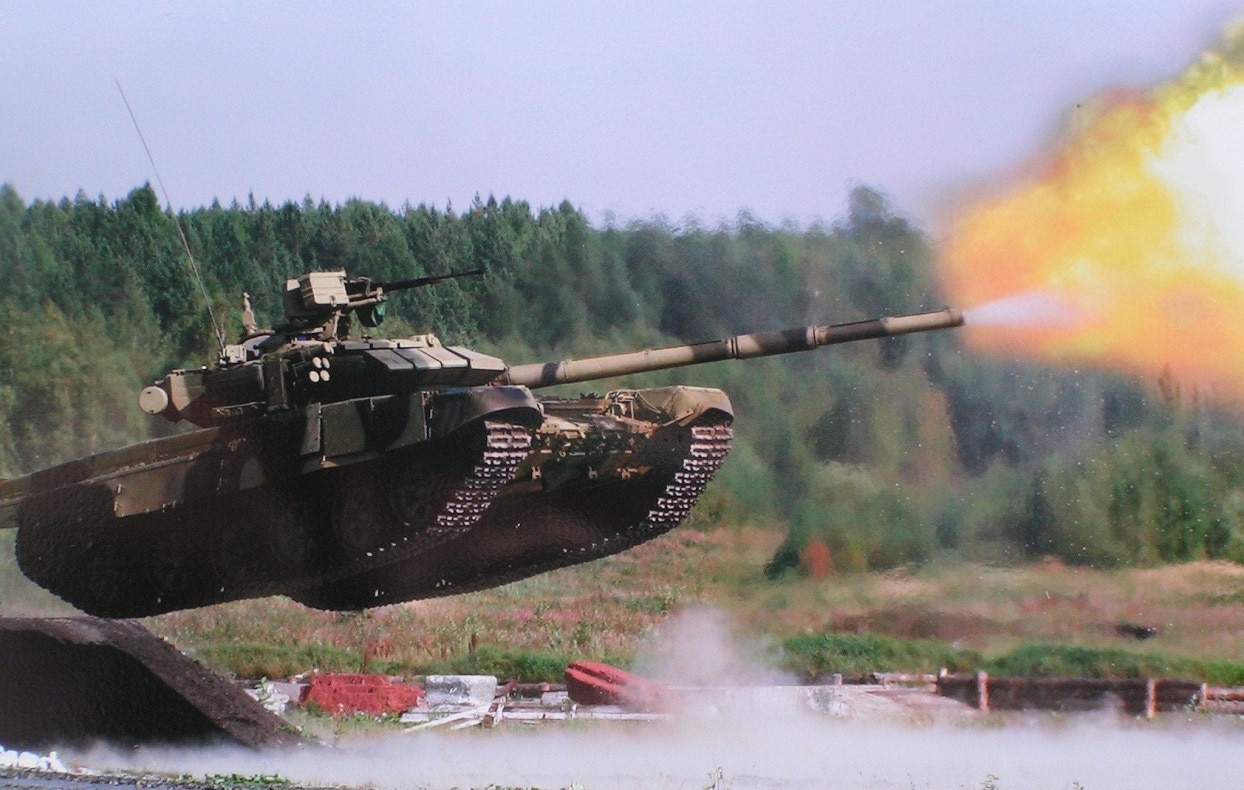Russia’s latest WWII battlefield-scale assault against Eastern Ukraine marks two months into Russia’s war of “necessity,” one stemming from Ukraine’s resilience and Russia’s failure to capture Western Ukraine.
This harsh phase of Russia’s 8-year war across Ukraine – Russia’s continuation war – signifies, some argue, WWIII’s start. Yet, Russia’s 24 February 2022 invasion demarcates a different turning point: Russia’s intent to crush Ukraine’s nationhood and, remarkably, Ukraine’s durable existence.
By defying Russia, sovereign Kyiv’s existential fight exemplifies Euro-Atlantic security’s critical juncture along two pivotal paths. One now realized by Euro-Atlantic nations, namely Ukraine’s right to exist by gaining critical outside reinforcement.
The other, tacitly, expanding even in wartime: Kyiv’s future Euro-Atlantic integration.
Ukraine’s becoming a Euro-Atlantic “ally” even before potential integration into the 70-year plus North Atlantic Treaty Organization (NATO) and European Union (EU) alliances. US security assistance, in just weeks among many NATO allies, rivals such crucial aid annually to long-time US allies. A Ukrainian “Marshall Plan,” requiring humanitarian, economic, and financial reconstruction to aid war-torn Ukraine, has accelerated EU nations to consider how rebuilding Ukraine revives membership’s path via 2014’s EU-Ukraine Association Agreement.
However, NATO’s military membership phases already reveal how quickly Kyiv’s European integration unfolds. Nearly three decades of civil-military planning with US, NATO, and NATO Partnership for Peace (PfP) nations buttresses Ukraine’s NATO-ready force. Euro-Atlantic leaders, deeming best how to save Ukraine and avoid direct war with Russia, race to transform Euro-Atlantic security. Great powers do need to determine negotiations to end this “heart” of Eastern European war, particularly given Russia’s political, economic, and military security dilemmas.
Consequently, Ukraine’s voice remains even more essential for Euro-Atlantic security’s transformation. And, what’s emerging more rapidly than many recognize is how fast a different Euro-Atlantic security reality involves a nearer-term and future Ukraine integrated.
My trip to Poland from 6-12 March 2022 underscored that Ukraine’s reinforcement already pushed NATO and the EU toward Kyiv’s eventual acceptance into these crucial Euro-Atlantic security structures. Talking with long-time Polish colleagues about Russia’s 8-year war across Ukraine, witnessing waves of refugees fleeing Ukraine into and across Poland, and speaking with U.S. soldiers from the rapidly deployed 82nd Airborne Division, I believed Euro-Atlantic security’s transformation moved faster than many grasp now.
As I wrote in 2014, this geostrategic transformation underpins the Germany-Poland-Ukraine East-West bridge, reinforcing Kyiv’s Euro-Atlantic security roadmap. Unlike NATO and EU member integration during the previous 30 years, this expanding East-West bridge now witnesses Germany’s path-breaking financial commitment to remilitarize within NATO and the EU. Further, Poland’s enhanced NATO/EU frontline status reinforces Ukraine’s survival, accelerating permanent allied military forces, more lethal equipment, and modernized basing along NATO’s Eastern periphery. Sustained by tens of thousands of deployed forces to NATO/EU nations Poland, the Baltic states, Slovakia, Hungary, Bulgaria, and Romania, Ukraine’s bolstered with massive military, intelligence, and technological assistance.
NATO and EU leaders always underscore their alliance doors remain open. NATO’s Article 10 of its 1949 Treaty always signifies even a new Russia can join. Debates over NATO’s continuing enlargement, stretching back to the 1990s and raised constantly up to Russia’s expanded February war, have faded significantly. Little debate arises as Finland and Sweden prepare to join NATO. A number of us anticipated this event 30 years ago, working ever more closely with Finns and Swedes via NATO’s new PfP process. Nordic PfP leadership galvanized Finland and Sweden briskly to become EU members.
The 1990s set many stages for Euro-Atlantic security’s 21st Century transformation. Three decades underlined thousands of NATO’s far-ranging education, training, exercising, and operations planning efforts which extended NATO’s PfP process to European and Eurasian nations, including Ukraine and Russia. Ukraine’s International Center for Peacekeeping and Security, developed from the 1990s by NATO and PfP nations, represented Ukraine’s path toward European integration. Akin to NATO’s PfP phases, NATO enlargement’s next rounds – after East Germany’s 1990 integration within unified, NATO-based Germany – paralleled the NATO-Russia Council and NATO-Ukraine Commission’s creations.
Euro-Atlantic nations recognize Kyiv’s heroic fight to preserve nationhood. NATO and the EU’s frontline eastern nations understand allied military and economic requirements. These nations grasp the risks to their Eastern flanks. They know the significance of sending their leaders to Kyiv to fortify Ukraine. Ukrainians, in turn, appreciate NATO for their 30-year partnership spans major contributions to NATO-led operations. In 1995, the Ukrainian Military integrated into NATO’s Bosnia Implementation Force, part of 20 NATO, PfP and non-NATO nations, including Russia. Many of these nations soon became NATO members. Although a fragile peace exists, the NATO-EU jointly stabilizes the Balkans.
Kyiv’s war-time experiences culminate in its nation’s many phases of NATO military transition. For Ukrainian planners and operators, strengthened by their national resistance against Russia in 2022, Ukraine mobilized within days to fight for its survival. These indelible experiences over 30 years remain integral to that survival – and to Ukraine’s Euro-Atlantic integration.
Dr. Joshua B. Spero (@JBSpero) is an International Relations Professor at Fitchburg State University (Fitchburg, MA). He served as a US Government Strategic/Scenario Planner in the Joint Chiefs of Staff’s J5 Directorate for Strategic Plans and Policy, European-NATO Division, from 1994-to 2000.

